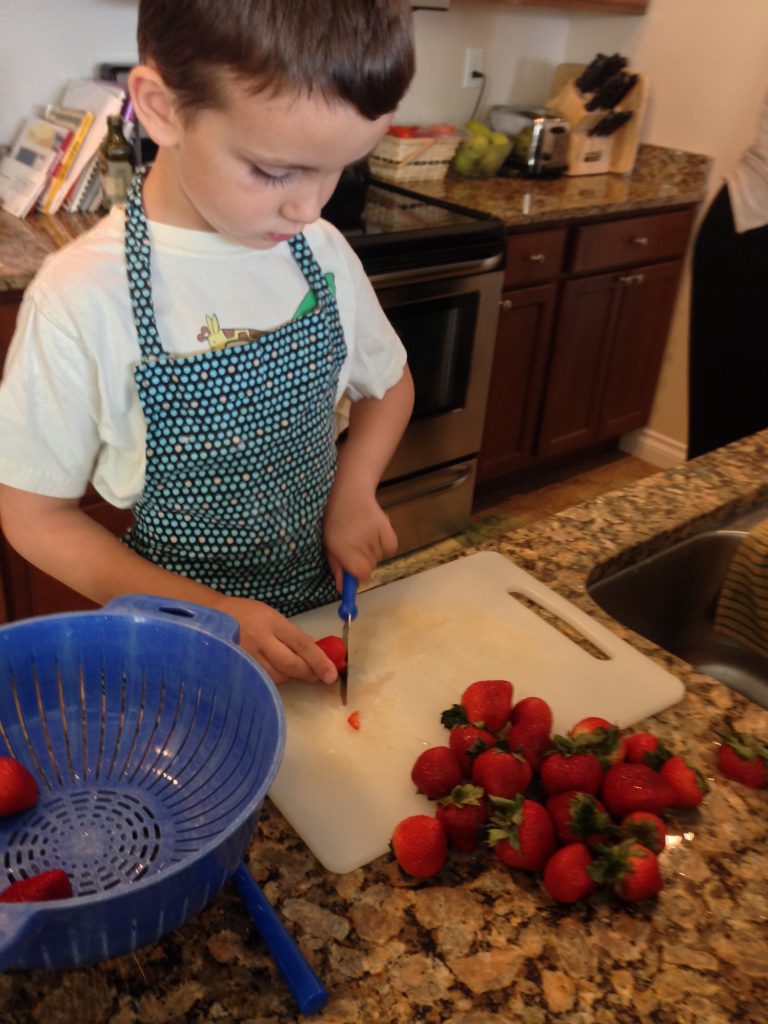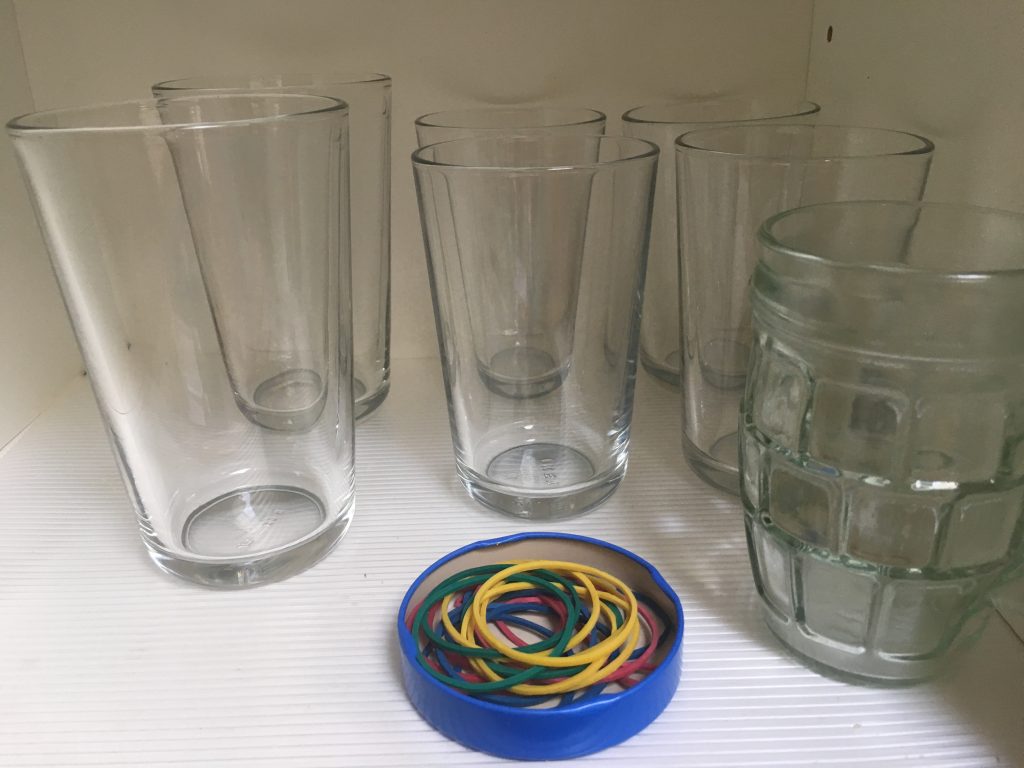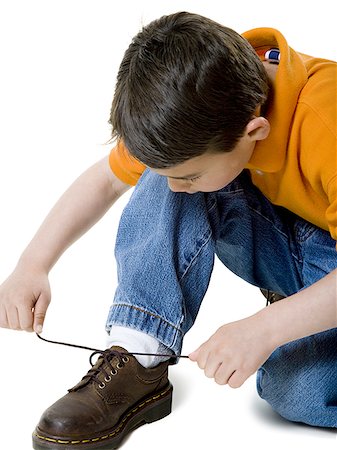
Every good Montessorian will tell you to allow your children to do things for themselves. After all, Maria Montessori famously said, “Never help a child with a task at which he feels he can succeed!”
You’ve probably seen the beautiful Instagram and Pinterest images that include things like low cupboards for dishes and step stools at sinks. These accommodations are a hallmark of the prepared Montessori environment, sure, but their implementation doesn’t always look like the perfectly curated images you find on social media platforms.
So while it’s wonderful to watch children doing things for themselves, if you’re a parent trying to follow the child at home, it can be disheartening to see these perfect pictures. The truth is that following the child is messy, and sometimes hard.
There is an actual mess that comes from letting children practice independence. And sometimes you need superhero-level restraint to let them try and fail and try again without intervention.
With this in mind, here are five of my tried- and- true pro tips for keeping your patience in tact and the mess under control.

Tip One: Rubber Bands
OH MY GOSH, the water glasses. Every time a child got a glass of water in this house, they used a new cup. And of course they never finished the water either–just took a sip and left it on the counter, only to forget it was theirs and get a new one 15 minutes later. And yes, of course the children can and should be involved in washing said glasses, however, until your child is able to really notice things like dirt, you’re still going to be rewashing all those cups.
So here is my brilliant solution. It actually works and it’s so simple and cheap; it’s rubber bands. I bought multiple colors of cheap rubber bands from an office supply store and store them in small dish next to the drinking glasses. Each person in our home picked a color and puts one on their glass when they get it out of the cupboard. At the end of the day, we slip off the band, rinse the glass and stick that baby in the dishwasher! Kids have friends over? No problem, everyone gets a color! No more asking whose glass is whose.
Tip Two: Hand Broom and Dust pan
Kids get crumbs everywhere. They just do. I bought a hand broom and keep it next to the practical life work. When the children are done eating or doing a messy work (sensory bins anyone?), one child gets the broom and sweeps up before the other wipes the surface with a damp cloth.
Tip Three: A Place for Everything
Take a cue from the minimalists and make sure that you don’t have too many options available for your children, and that everything has a specific home to return to. If you want children to help you to keep the space tidy, they must be able to actually put things away. For example, if you want your children to empty the dishwasher, they will need to be able to put the dishes away without help. So if putting away dishes in your home requires a Jenga-like stacking experience, your child won’t be able to help effectively. Do yourself a favor and share some of your excess so that you and your child can easily put away what you really use and need. Same goes for toys, books and clothing. If it’s too difficult to put things away, you will be the one doing all the clean up.

Tip Four: Practice Patience
When we are waiting for children to accomplish what we are able to more efficiently do ourselves, it can be hard to hang back and let them flounder. My advice is to practice. In our world of hurry, it doesn’t come naturally to slow down and wait for a child, but that is exactly what you need to learn to do. Teach yourself patience by practicing it. It’s okay to give instruction when needed, but let the child do what he or she is capable of doing without intervening, even if it takes longer–and it will. I often say aloud, “I’ll wait for you.” This simple phrase reassures my kids that I don’t mind waiting, and it reminds me of my goal–I want them to do it themselves and to experience the joy of accomplishment.
Tip Five: Plan More Time
This relates to tip four, and it’s really essential to the successfully patient parent. If you need to leave the house or eat a meal or start a lesson at a specific time, plan to give your child more time than you need to do the same tasks. For children ages three to six years, I recommend doubling the time it takes for you to the same activities. For toddlers, triple it. So for example, if it takes you 15 minutes to put on your shoes and coat and gather your things to get in the car, you should expect your toddler to take 45 minutes and your 3-6 year old child to take 30. Seems like a long time doesn’t it? But that’s how long it realistically takes for you to patiently guide them and let them do it themselves.
I hope these tips are helpful to you! Happy learning and enjoy the journey!
